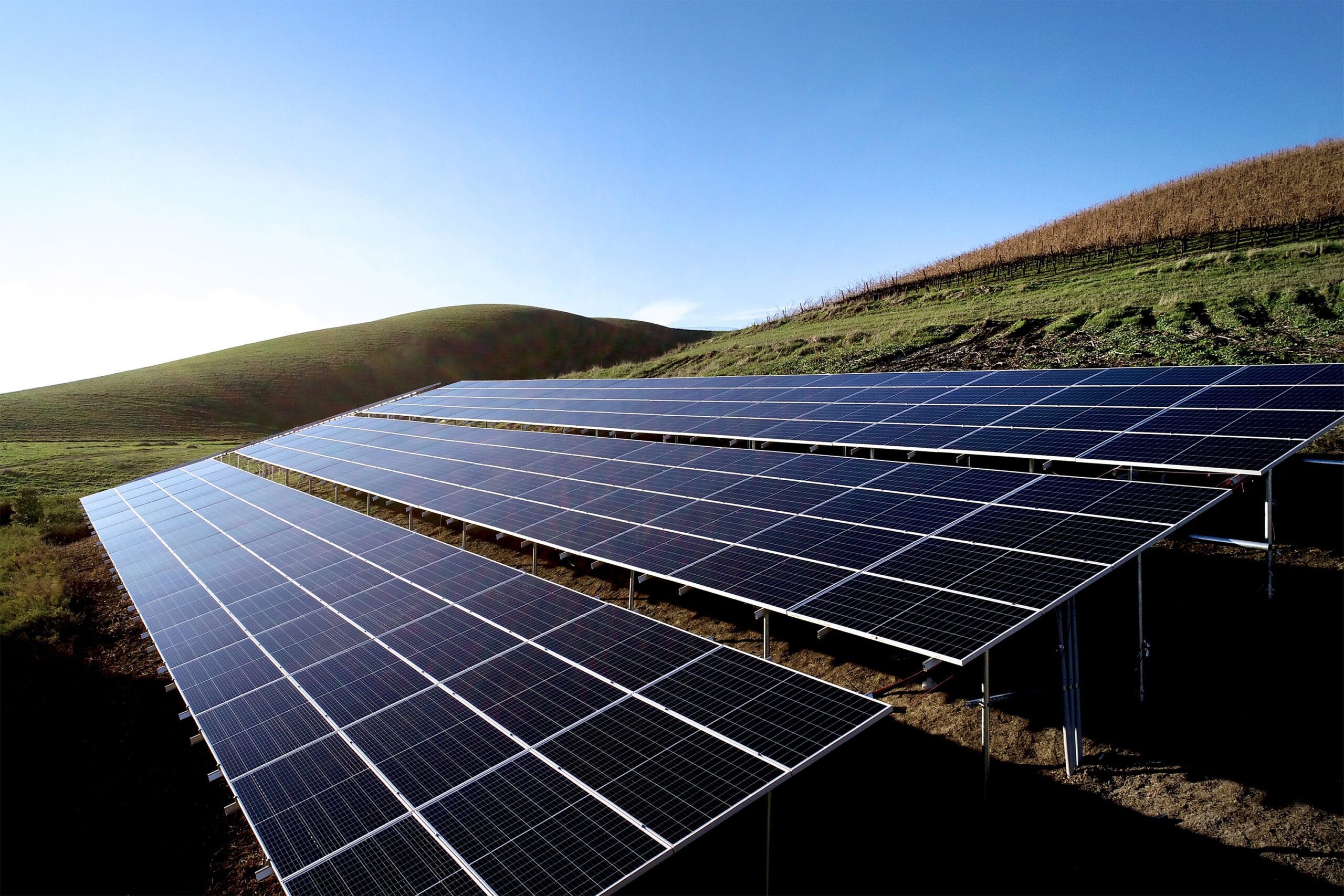On December 15, 2022, the California Public Utilities Commission (CPUC) unanimously voted to approve a new Net Billing tariff (NBT), the latest policy for Net Energy Metering (NEM) for solar. If you are or plan on being a California solar owner, you need to understand how the NEM 2.0 and NBT policies affect you.
The Purpose of Net Energy Metering
Net Energy Metering was introduced to reduce costs for energy companies and to maximize the energy produced by solar owners. A solar array will generate energy during sunlight hours. An owner wouldn’t need that energy until getting home from work, when sunlight hours are few. That would mean that the energy generated during the day is not really used, and there won’t be much energy available when the owner gets home.
NEM allows the grid to store energy for the owner. If the solar array generates 2 kWh in a day, those 2 kWh go to the grid, and the owner receives 2kWhs worth of credit for use during the evening.
Adjustments to Net Energy Metering Policies
The original policy was created by the CPUC in 1996. In 2016, this policy was revised. Here were the major changes from 2016 under NEM 2.0:
- An interconnection fee was added for owners who wanted to connect to the grid. NEM 1.0 did not have an interconnection fee.
- Owners began to be charged around 2-3¢ per kWh taken from the grid, including for energy redeemed with credits. If the energy was generated and used immediately, there was no charge. NEM 1.0 was a direct one-to-one return on energy sent to and retrieved from the grid.
- Owners were required to have time of use (TOU) plans. This was a benefit to owners because, if they generated excess energy at peak hours (usually between 4-9pm), they could sell that energy at high rates. They could also purchase the energy at lower rates during off-peak hours. When managed correctly, this meant a lot more savings than a traditional rate structure.
The CPUC passed NBT as a replacement for NEM on December 15, 2022. NBT goes into effect on April 15, 2023. Here are the major changes coming with NBT:
- Net billing (a billing system with varied rates based on the hour, day, and month) replaces net metering (the original one-to-one credit system), which means that owners are no longer credited for the full retail value of energy they put on the grid. On average, the value has dropped by about 75%.
- The payback period under NBT is now 8 to 10 years, longer than the 5-to-6-year payback period of NEM 2.0.
- The payback period can be reduced by including a battery in your system.
- Single family residential customers in disadvantaged communities and tribal lands are considered “low-income” and are eligible to receive slightly higher-than-normal bill credits for exported energy and are eligible to receive half off the $16 fixed-monthly charges.
NBT strongly incentivizes solar-plus-storage systems, but the good news for solar owners under the NEM 2.0 policy is that they can add battery storage to their system later and remain on NEM 2.0. The new NBT policy does not affect solar owners under the NEM 2.0 policy.
Why You Should Act Before NBT Takes Effect
Californians who submit an Interconnection Application by April 14, 2023, and complete installation by April 14, 2026, can be grandfathered into the NEM 2.0 policy for up to 20 years.
- If you recently installed solar, you are already locked into NEM 2.0. However, the 20-year grandfathering period starts from when you installed your system, not from when NBT takes effect. In other words, if you installed your system five years ago, you are grandfathered in for the next 15 years.
- If you are thinking about going solar and want to be under the NEM 2.0 policy, you need to submit an Interconnection Application by April 14, 2023, and complete installation by April 14, 2026, to be eligible for NEM 2.0 benefits.
- If you have an older solar system that will need replacing within the next few years and you want to be under the NEM 2.0 policy instead of NBT, you need to submit an Interconnection Application by April 14, 2023, and complete installation by April 13, 2026, to be eligible for NEM 2.0 benefits. Solar system replacements will not be grandfathered in under the policy of the original system.
- If you need to add capacity to your system that is currently on NEM 2.0 rates, you should do so before April 14, 2023, otherwise you will no longer be grandfathered into NEM 2.0.
In practical terms, NBT results in a lot less savings for solar owners than NEM 2.0. If you recently installed solar, are thinking about going solar, want to replace an older solar panel system, or want to add more capacity to your system, fill out your Interconnection Application now and submit it by April 14, 2023.

